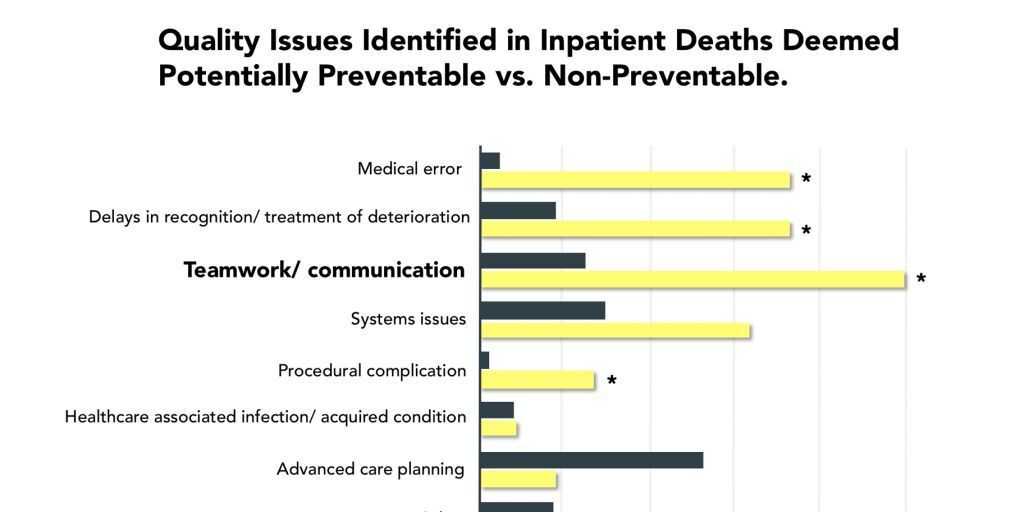News & Updates
MedTech Innovation: A Key Part of NHS Long Term Plan

The NHS has unveiled a plan this month to extensively invest in MedTech ventures which the NHS can use to improve patient care. The “10 Year Plan” has set out to transform care, harnessing the powers of MedTech innovation and technologies. The desired result? More innovation, better patient care.
Whilst Siilo believes in MedTech’s positive transformation abilities, we ourselves are a MedTech company after all, we also understand there are potential pitfalls to the ‘innovation craze.’ With technology accelerating rapidly, it can be easy to get seduced by the new shiny gadgets on the market and lose sight of the fundamental problems that need solving in healthcare today.
In this blog, we focus on one of the biggest issues facing healthcare today: Communication. We discuss how MedTech can be used as a problem-solving device for communication problems and why an innovation injection into communication would solve many of the current problems the health industry faces.
Communication: One of Healthcare’s Biggest Problems
According to Becker’s Healthcare, one of the UK’s leading hospital magazines, communication is one of the biggest problems in healthcare. In the article they discuss the alarming rates of mortality as a result of poor communication channels as well as the huge economic costs it incurs. They put this down to ‘communication silos’ in healthcare and how communication channels are currently utilized to solve ‘singular problems, multiple times.’

Redesigning Clinical Communication
It is not that communication in healthcare has always been a problem. It is simply that it hasn’t modernized to meet the current trends seen in healthcare today. Multi-morbidity and an ageing population have led to increases in demand, which traditional isolated communication structures can no longer deal with.
Through team-focused innovation, Sillo is creating time into the hands of professionals to focus on patients and building upon their medical networks. Medical professionals can connect instantly with peers and specialists on a single network and discuss patient cases at the touch of a button. This is the essence of ‘Network Medicine’ which replaces siloed communication modalities such as phones, bleeps and faxes that are currently in place. The result is a platform upon which peer to peer knowledge sharing is seamless, decision making is faster and at the same time of a higher quality. The ultimate result is optimal patient care and an empowered clinical workforce.
MedTech is here to stay. But let’s not get distracted by fancy gizmos and flashing lights. Let’s remember that innovation should be used to solve the biggest most fundamental problems in healthcare. Communication is key.
Image citation: Simon W, Dermenchyan A, Afsar-manesh N. Characteristics of Hospital Deaths Deemed Potentially Preventable by Frontline Providers. Abstract published at Hospital Medicine 2016, March 6 – 9, San Diego, Calif. Abstract 274.